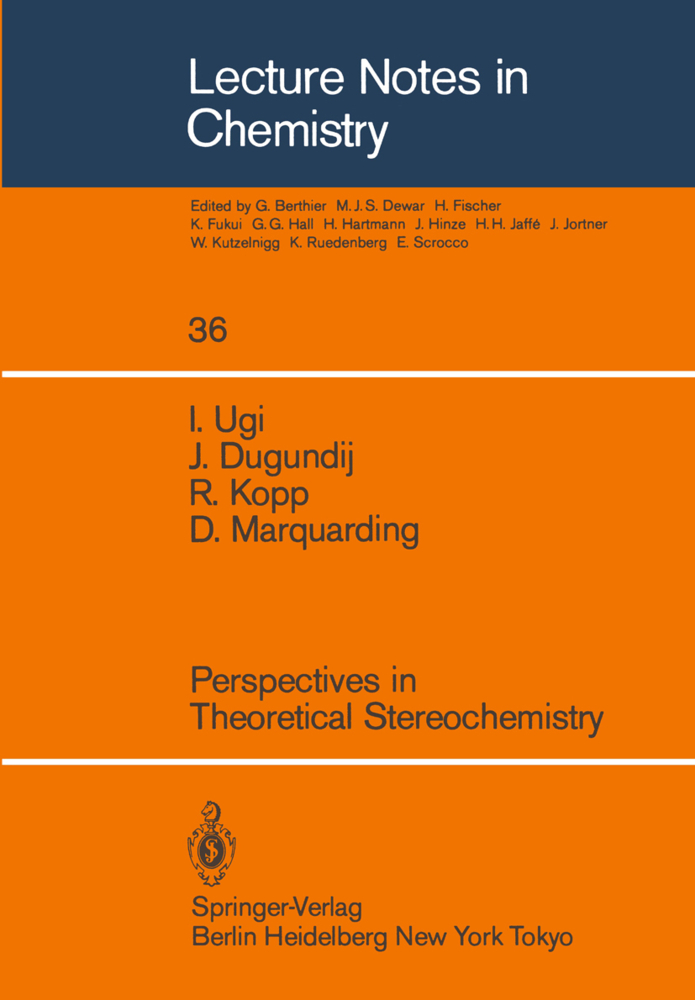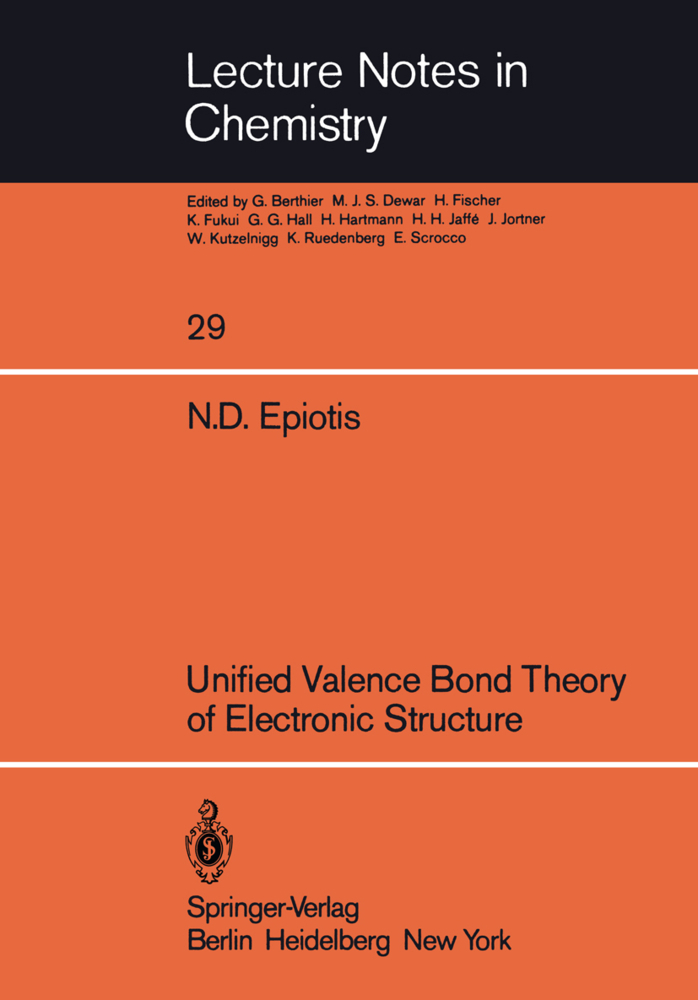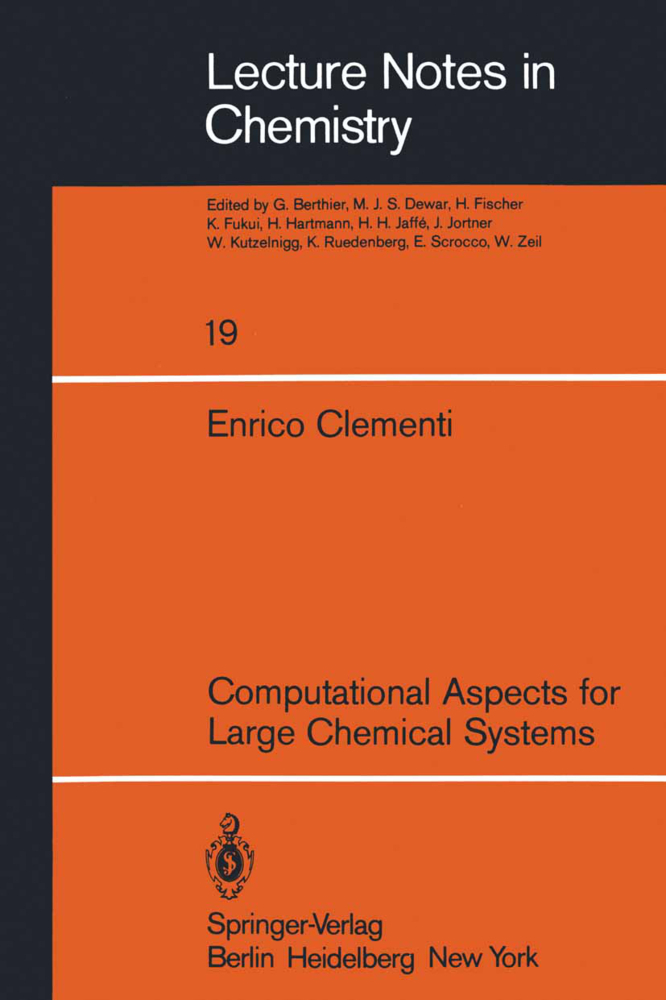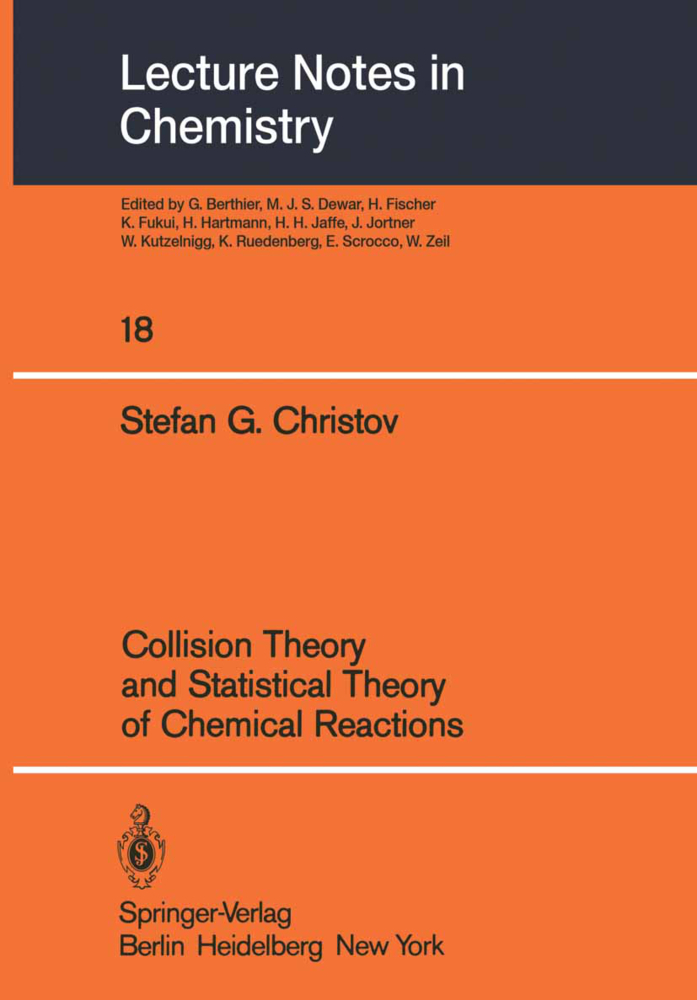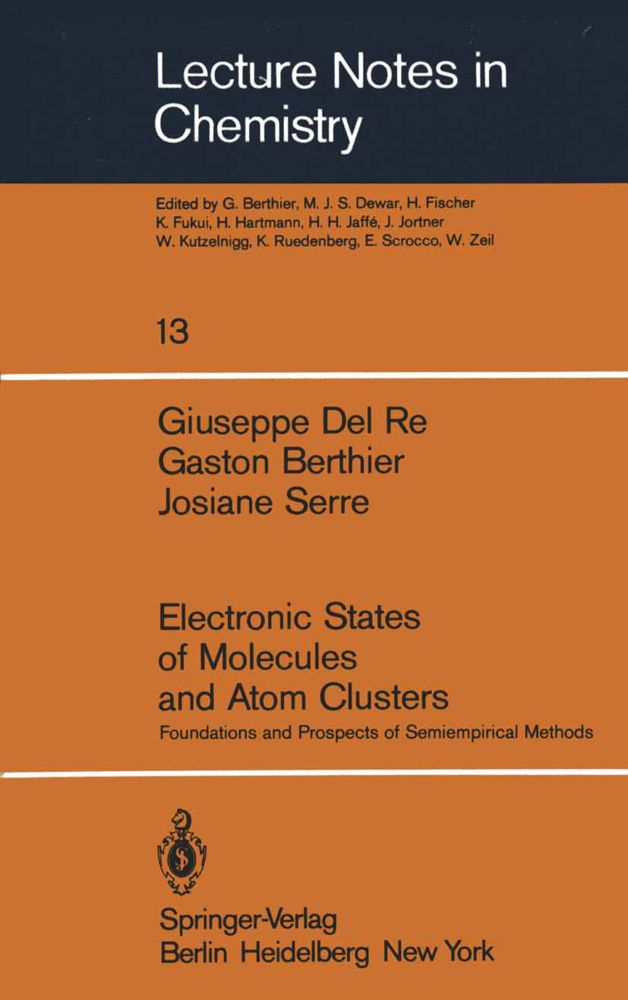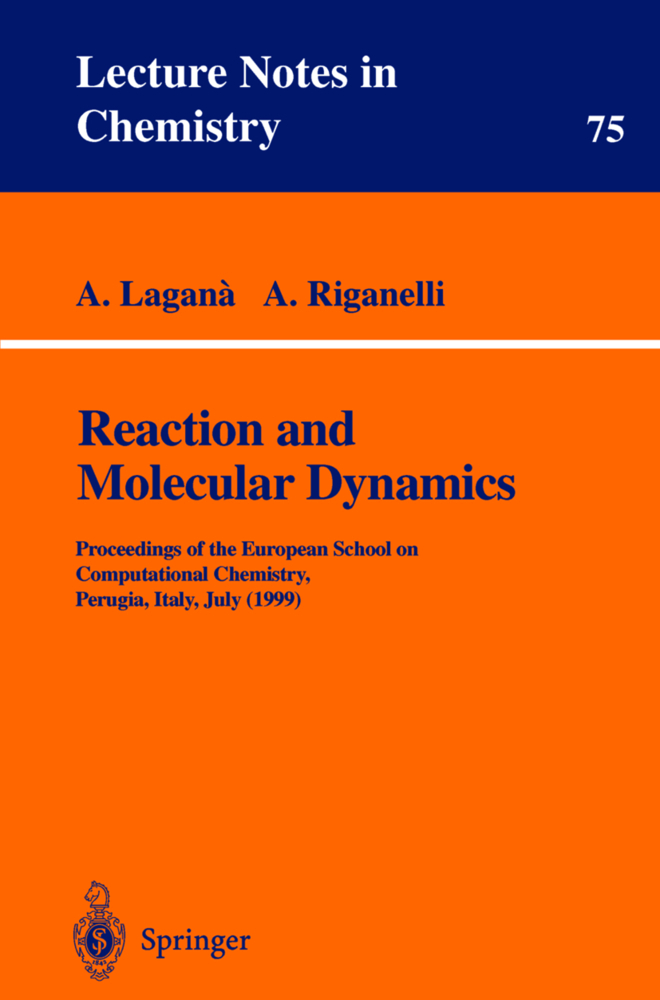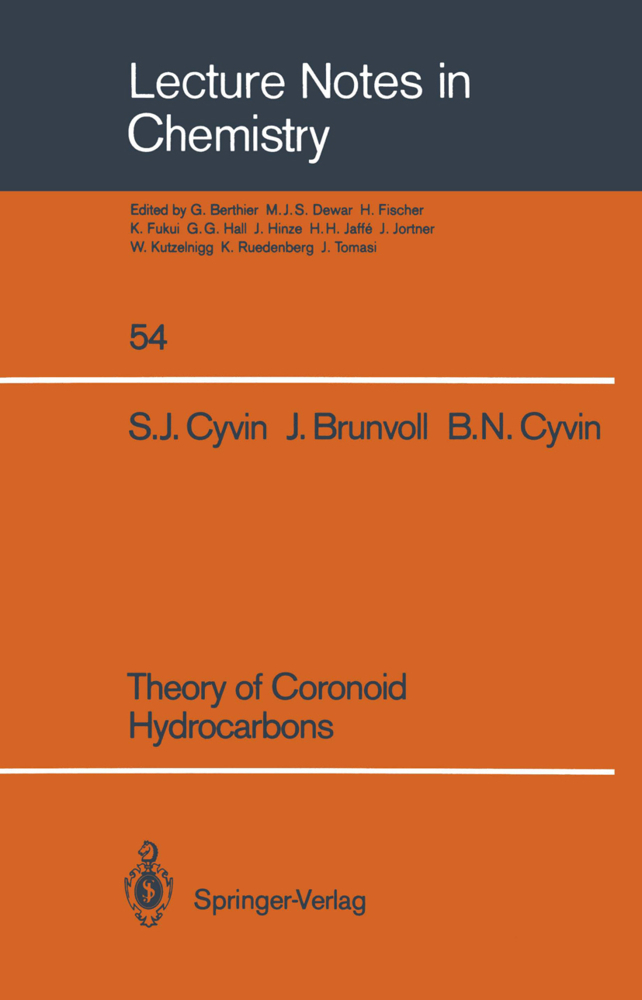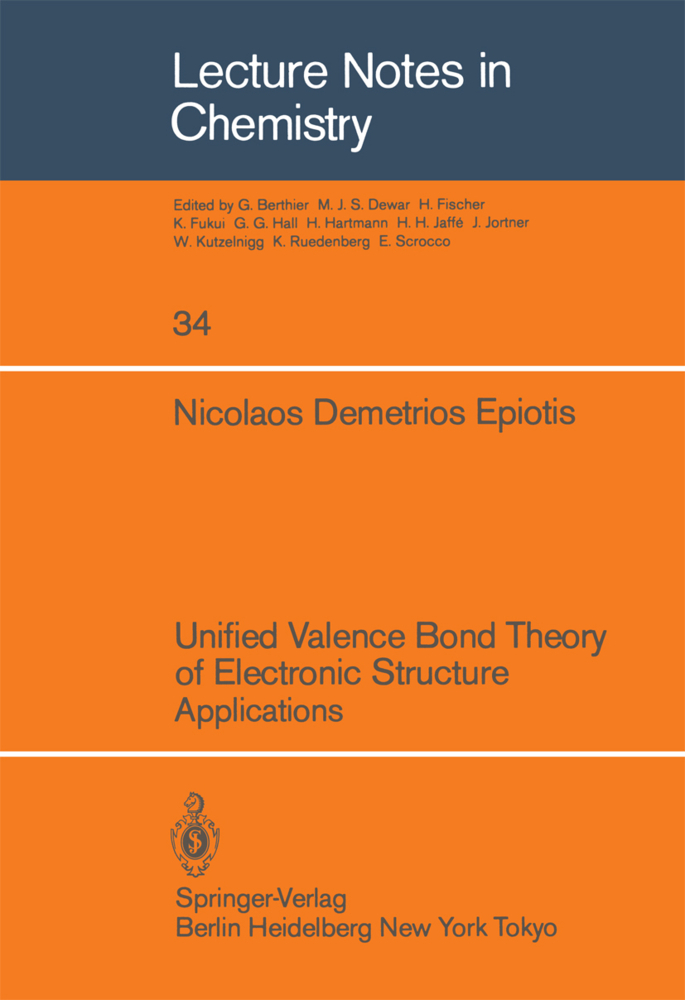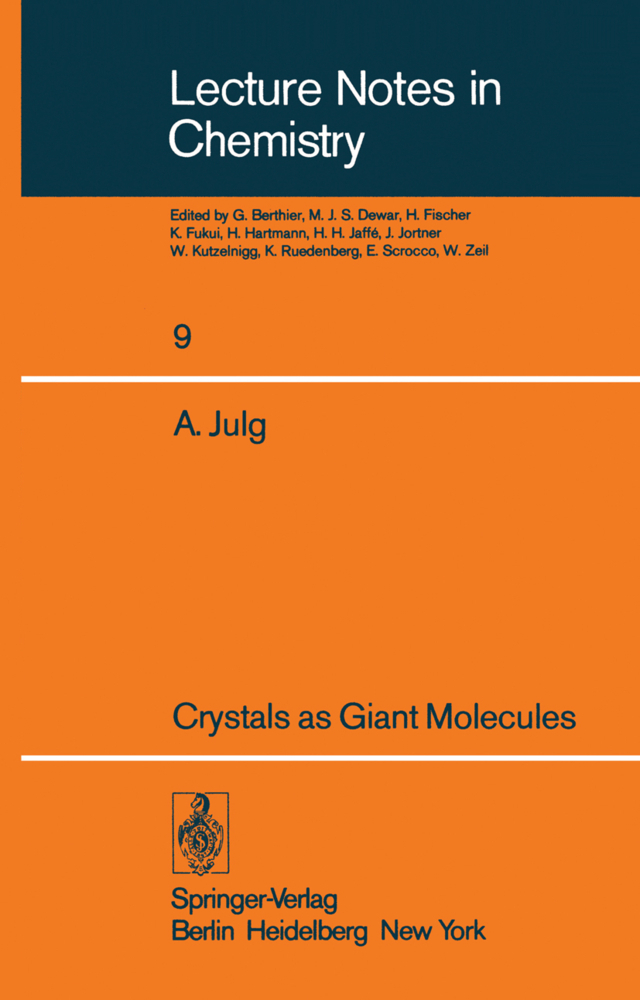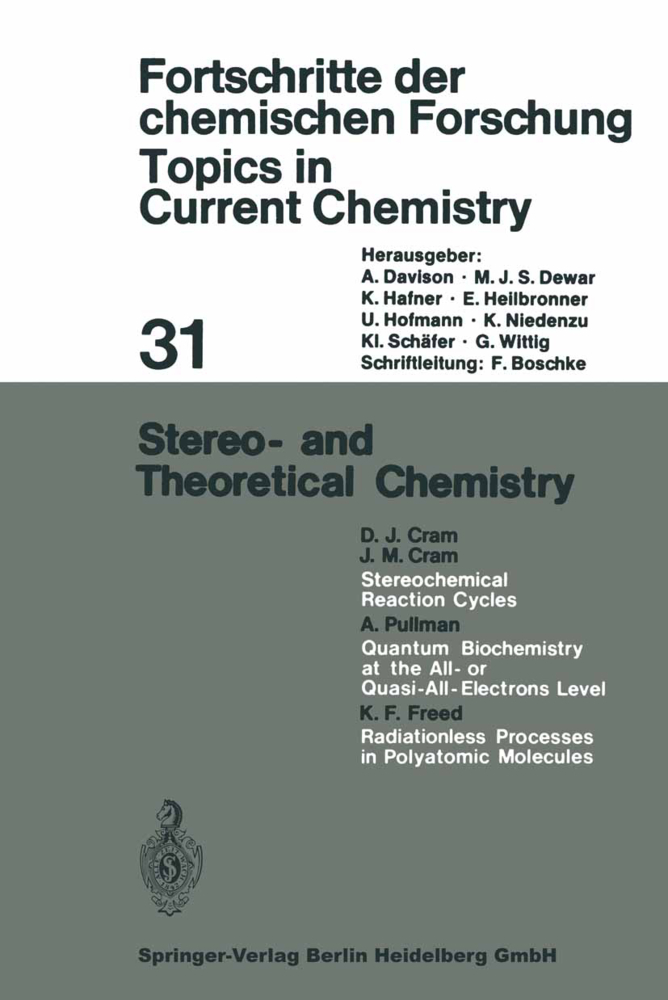Perspectives in Theoretical Stereochemistry
Perspectives in Theoretical Stereochemistry
Stereochemistry is the part of chemistry that relates observable prop erties of chemical compounds to the structure of their molecules, i. e. the relative spatial arrangement of their constituent atoms. In classical stereochemistry, the spatial arrangements relevant for interpreting and predicting a given chemical property are customarily described by geometric features/ symmetries in some suitably chosen rigid model of the molecule The solution of stereochemical problems involving single molecular species is the danain of the geometry based approaches, such as the methods of classical stereochemistry, molecular mechanics and quantum chemistry. The molecules of a pure chemical compound form generally an ensemble of molecular individuals that differ in geometry and energy. Thus it is generally impossible to represent a chemical compund adequately by the geo metry of a rigid molecular model. In modern stereochemistry it is often necessary to analyze molecular relation within ensembles and families of stereoisomers and permutation isomers, including molecules whose geometric features are changing with time. Accordingly, there is definitely a need for new types of ideas, concepts, theories and techniques that are usable beyond the scope of customary methodology. This is why the present text was written.
II The Chemical Identity Group
III The Asymmetric Carbon Atom revisited
II. The Mathematical Theory of the Chemical Identity Group
IV Families of Permutation Isomers
V Reaction Schemes
VI Structure of the Chemical Identity Group
III. Application of the Theory of the Chemical Identity Group to Actual Current Stereochemical Problems
VII Examples, Illustrations and Applications
VIII A Unified Nomenclature and Chemical Documentation System
1. Subgroups
2. Cosets
3. Normal Subgroups
4. Conjugates
5. Homomorphism
6. Direct and Semidirect Products
7. Permutations
8. Burnside-Frobenius Theorem
9. Generalized Wreath Products
10. Primitive and Imprimitive Actions
References
Index ..
I. The Permutational Approach to Stereochemistry
I The Description of Molecular StructureII The Chemical Identity Group
III The Asymmetric Carbon Atom revisited
II. The Mathematical Theory of the Chemical Identity Group
IV Families of Permutation Isomers
V Reaction Schemes
VI Structure of the Chemical Identity Group
III. Application of the Theory of the Chemical Identity Group to Actual Current Stereochemical Problems
VII Examples, Illustrations and Applications
VIII A Unified Nomenclature and Chemical Documentation System
1. Subgroups
2. Cosets
3. Normal Subgroups
4. Conjugates
5. Homomorphism
6. Direct and Semidirect Products
7. Permutations
8. Burnside-Frobenius Theorem
9. Generalized Wreath Products
10. Primitive and Imprimitive Actions
References
Index ..
Ugi, Ivar K.
Dugundji, J.
Marquarding, D.
| ISBN | 9783540133919 |
|---|---|
| Artikelnummer | 9783540133919 |
| Medientyp | Buch |
| Copyrightjahr | 1984 |
| Verlag | Springer, Berlin |
| Umfang | 253 Seiten |
| Abbildungen | XVIII, 253 p. |
| Sprache | Englisch |

